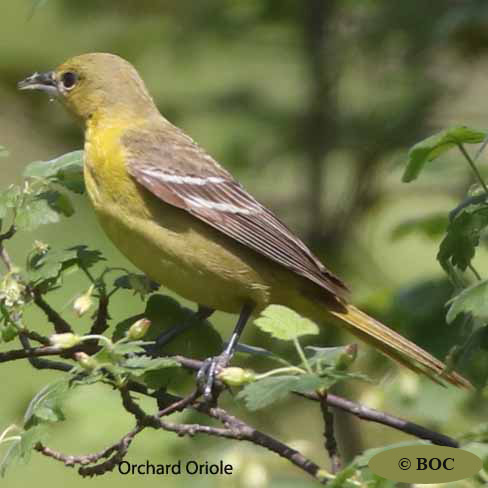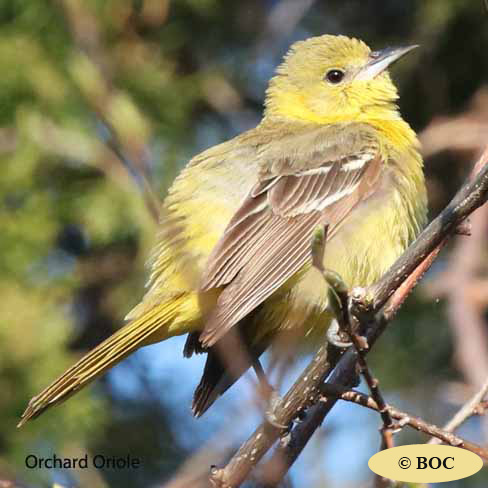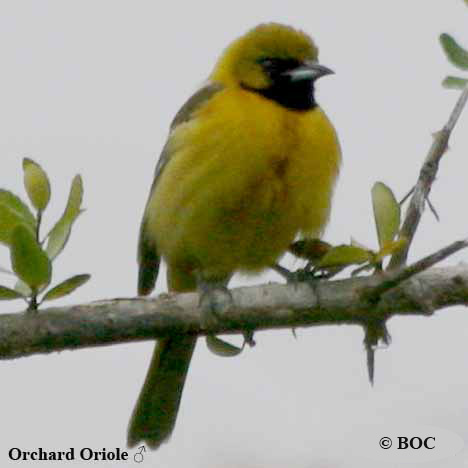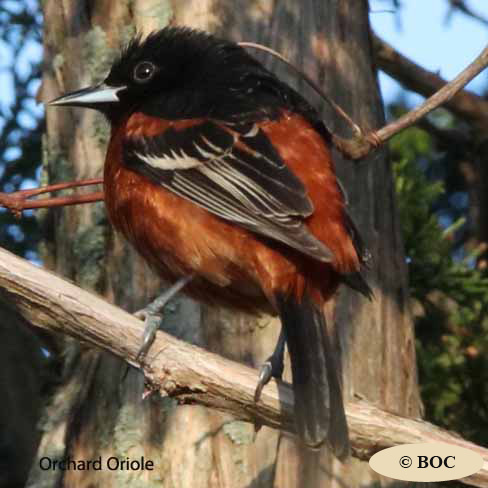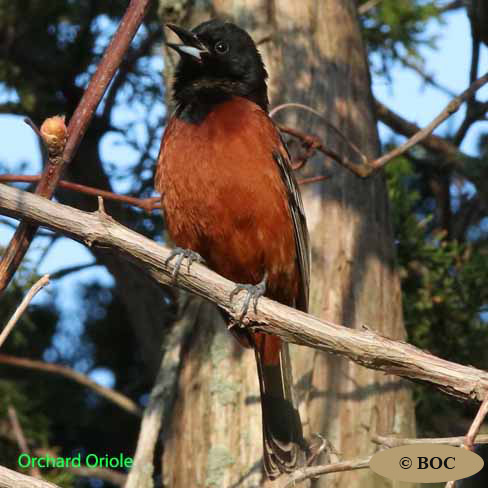Birds of Cuba Search Box
This search box can be used to find bird species using bird's english, french or latin name.
Birds of Cuba, Vagrant Visitors, Introduced Birds and Possibilities
Orchard Oriole
Oriole des vergers
Spanish: Turpial castaõo
Latin: Icterus spurius
Information, images and range maps on over 400 birds of Cuba
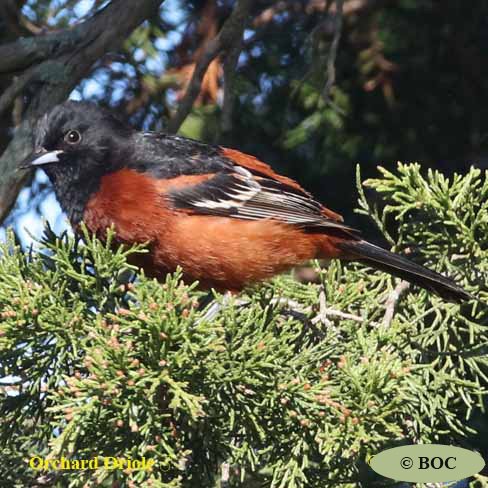
Life, Habitat & Pictures of the Orchard Oriole
| B L | W W | W | Family | Latin Name |
|---|---|---|---|---|
| 7.25" 18.4cm | 9.5" 24.1cm | 0.7oz 19.8g | Icteridae | Icterus spurius |
- Breeding
- Year Around
- Winter
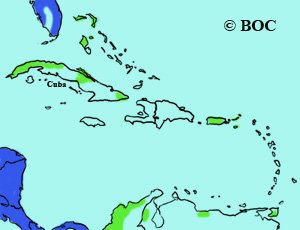
Found throughout wooded areas, parks and orchards, seen from Maine through southern Ontario, into the northern USA states, up into the southern parts of the prairie provinces as far as Saskatchewan, then down into New Mexico and across into southern Florida. This oriole has been reported seen in Cuba.
